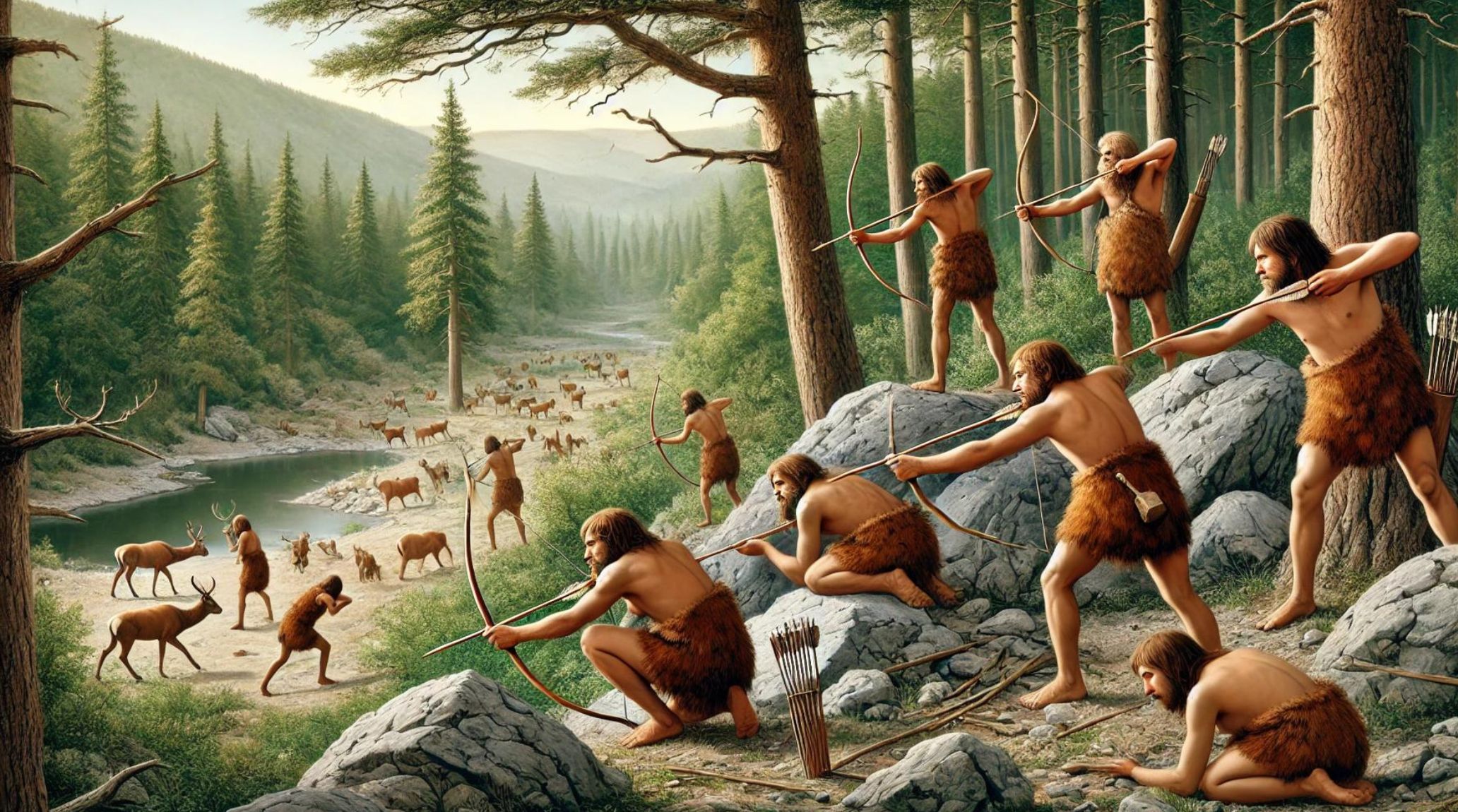
“
The Mesolithic era brought about remarkable advancements in hunting techniques, with the bow and arrow revolutionizing how early humans tracked and captured their prey. In this article, we explore 20 fascinating facts about how the bow and arrow transformed hunting strategies during the Mesolithic period, shaping the future of human survival.1
1
”
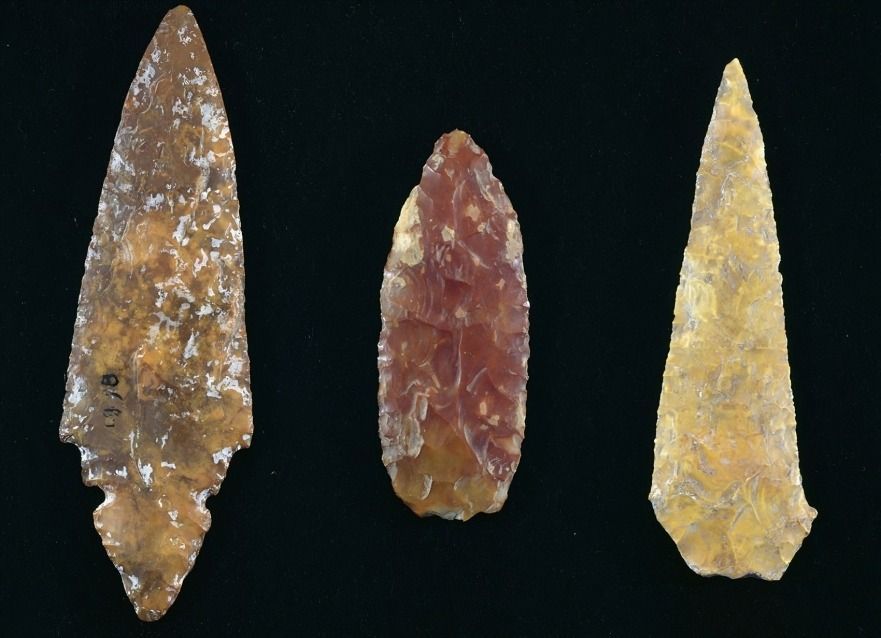
During the Mesolithic period (c. 9600–4000 BC), microliths were the most common hunting tools. These small, sharp flint fragments were skillfully crafted and attached to shafts to form arrow and spear tips.
Early Stone Age people initially hunted with sharpened sticks. Later, they advanced to using bows, arrows, and spears tipped with flint or bone. They gathered nuts, fruits, and roots while also fishing with nets and harpoons. 1
Mesolithic hunters also used atlatls (spear-throwers), which increased the force and distance of thrown spears, making them more effective in hunting. 2
Mesolithic hunters pursued various game, including deer, boars, smaller mammals, and birds. The shift towards smaller game likely resulted from environmental changes or population pressures. 3
Hunting was vital for Mesolithic communities, but they also gathered wild plants, fruits, nuts, and roots. These gathered resources supplemented their diets and provided essential nutrients. 4
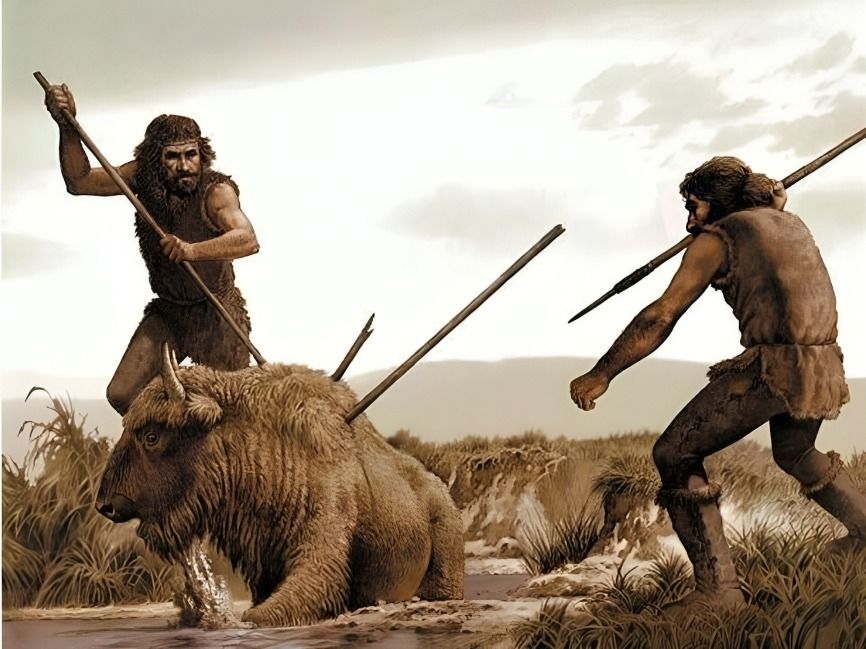
Hunting was essential to human survival in Britain until around 6000 years ago. It provided meat and offal for cooking, while bones and antlers were carved into tools and objects.
Fishing became an important part of Mesolithic hunting, with bone fish hooks, nets, and weirs (fish traps) being used to exploit the rich resources of rivers, lakes, and coasts.5
Dogs were domesticated during the Mesolithic period and played a key role in hunting, helping to track, corner, and retrieve animals during the hunt. 6
Seasonal migrations of animals influenced Mesolithic hunting patterns, with hunters following herds to different areas throughout the year to ensure a stable food supply. 7
Mesolithic hunters developed detailed knowledge of animal behavior, learning the habits, tracks, and migration routes of their prey to increase their hunting success. 8
Camouflage was an important strategy, with Mesolithic hunters wearing animal skins and using natural surroundings to blend in, making it easier to approach their prey unnoticed. 9
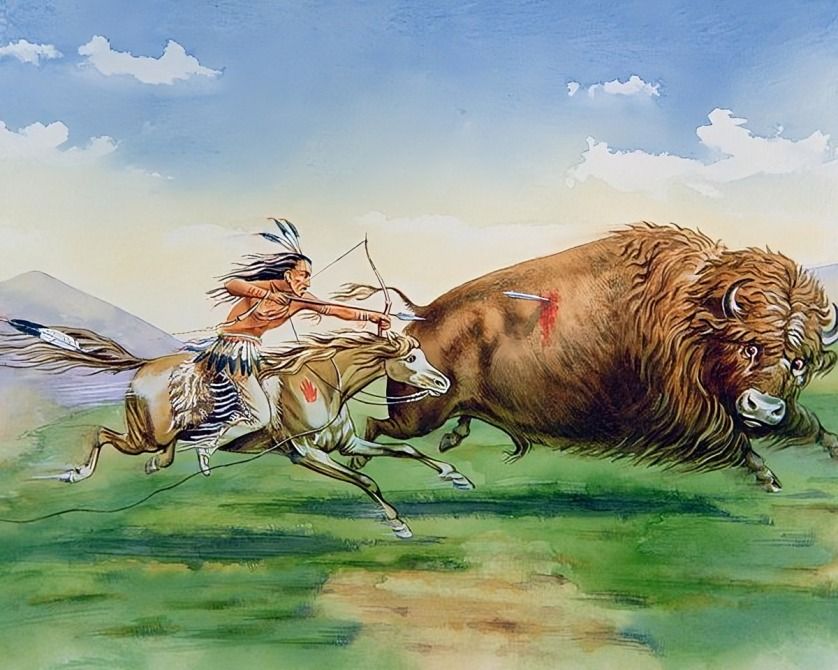
Stalking and ambush techniques were widely practiced, where hunters patiently followed or hid from their prey before delivering a sudden, lethal strike with arrows or spears.
Hunting rituals and ceremonies were common in Mesolithic cultures, where hunters would often perform rituals to ensure a successful hunt or give thanks for their kills. 10
Mesolithic hunters created lightweight, portable tools made from flint, bone, and antler, which allowed them to move easily between hunting grounds and quickly process animals. 11
Mesolithic communities utilized cooperative hunting, with members sharing the responsibilities of tracking, killing, and distributing the meat, ensuring everyone benefited. 12
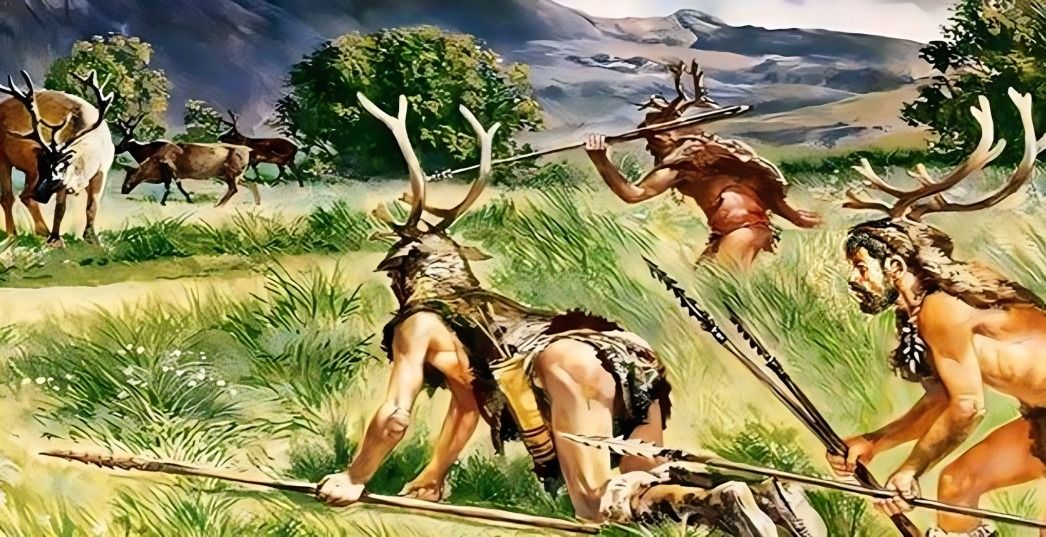
The increased availability of woodland animals during the Mesolithic period encouraged hunters to develop new tool designs, such as microliths, which were small, sharp blades used in composite tools.
Hunting was not limited to land animals—Mesolithic hunters also pursued waterfowl and other birds, using slings, arrows, and traps to catch them during migrations. 13
Mesolithic hunters utilized boats and rafts to hunt sea mammals like seals and dolphins, particularly in coastal communities, expanding their food sources beyond land animals. 14
Many Mesolithic hunting strategies involved using fire to drive animals out of dense vegetation, making them easier to hunt in open areas. 15
Towards the end of the Mesolithic period, certain regions began experimenting with early agricultural practices. This marked a significant shift in subsistence strategies from purely hunting and gathering to the beginnings of farming. 16


